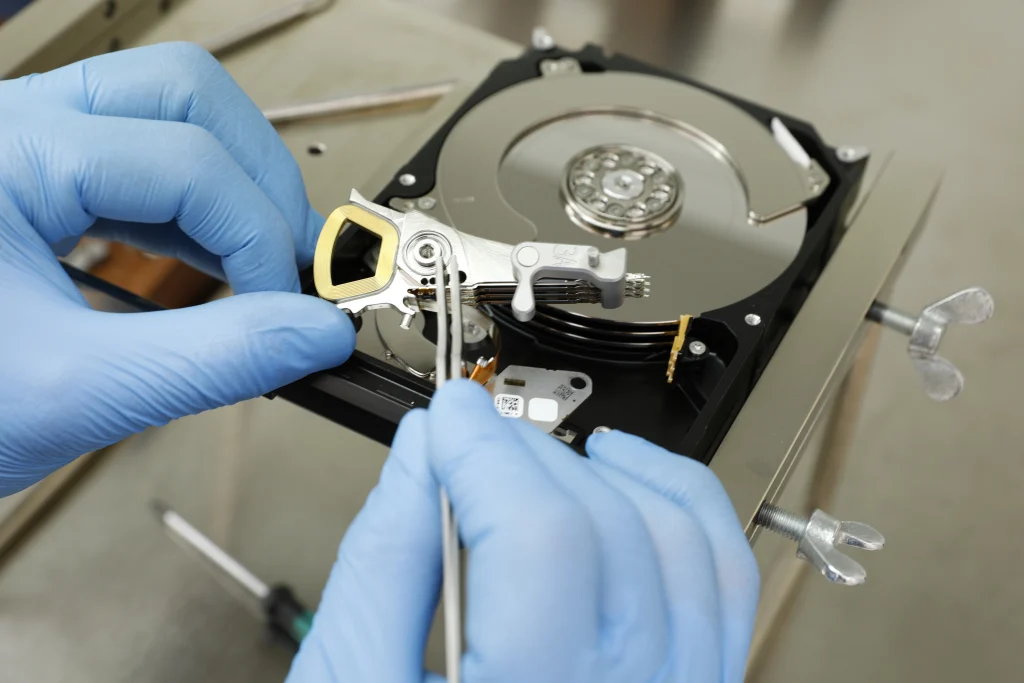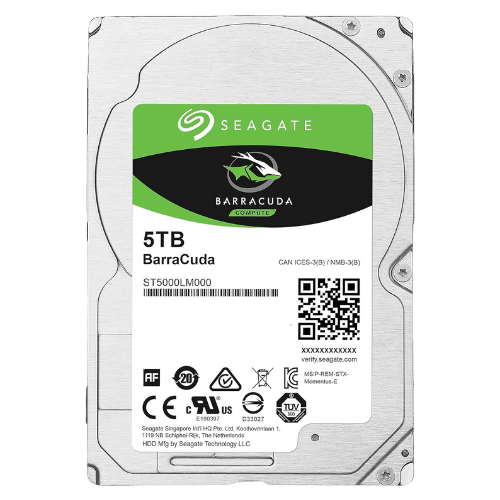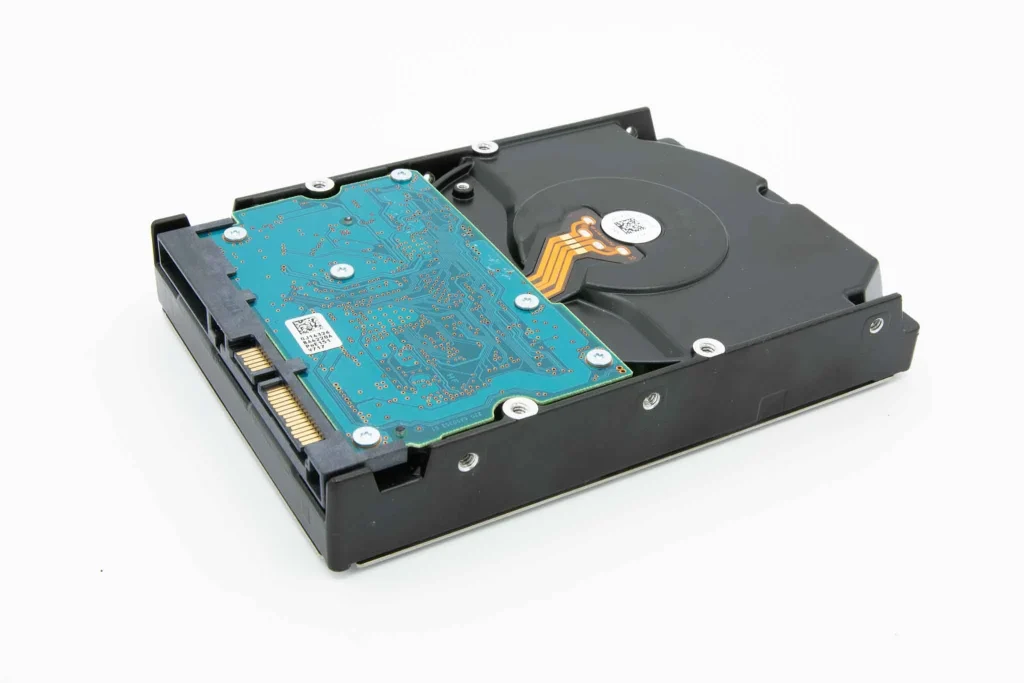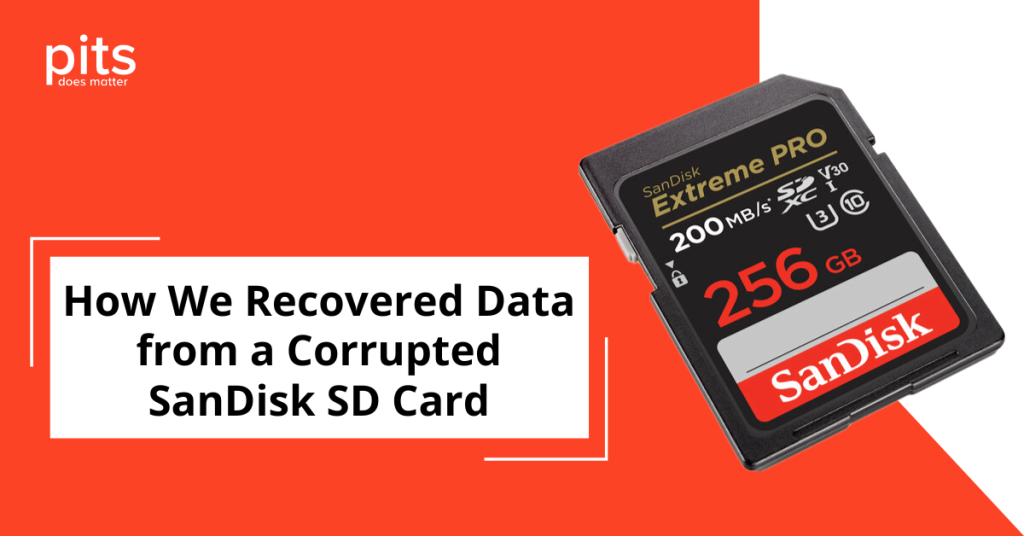Hard drive degaussing is the procedure of erasing data from a hard drive by exposing it to a powerful magnetic field. This method completely erases all data from a hard disk drive, making it impossible to recover any information. Degaussing is often used for sensitive or classified data that needs to be permanently destroyed. A degausser’s effectiveness relies on generating a strong magnetic field to erase data stored on a hard drive.
What is Degaussing
Understanding degaussing meaning involves recognising it as a process that employs a strong magnetic field to erase the data stored on magnetic storage devices, rendering the data forever irretrievable. A degausser efficiently erases all data on hard disk drives of various sizes, including 5.25, 3.5, or 2.5 inches, ensuring secure data destruction across multiple types of magnetic storage devices.
It is a permanent data erasure technology applicable to various memory devices based on magnetic media, such as hard disk drives, magnetic tapes, and floppy disks.
The process employs a powerful magnetic field to disrupt the magnetic alignment of the storage medium, effectively erasing all data stored on the device.

This method is particularly useful for rapidly removing data from media where other erasure methods, such as software-based deletion or physical destruction, are impractical or insufficient. It ensures that sensitive or classified information is thoroughly eliminated, making recovery by any means impossible.
How does Hard Drive Degaussing work
Hard drive degaussing operates on the principle of magnetically neutralising the data stored on a hard drive, rendering it completely unreadable and thus irrecoverable. The core of this process involves generating a powerful electromagnetic field using a specialised degaussing machine.

Typically, these domains are precisely aligned to store information in the form of bits, 0s and 1s. When exposed to the intense magnetic field during degaussing, the magnetic orientation of these domains becomes randomised.
This disarray erases the data by making the original patterns (which the data recovery processes rely on) unrecognisable and non-retrievable.
Hard drive demagnetising eliminates data by using a powerful magnetic field to reset the storage medium’s magnetic orientations, making the drive inoperable.
Benefits of Using a Degausser
Utilising a degausser to erase data from hard drives and other magnetic storage devices offers several significant advantages:
Absolute Data Destruction
One of the primary benefits of using a degausser is the complete and irreversible destruction of data. This method ensures that sensitive, confidential, or classified information is permanently wiped out, leaving no chance for data recovery.
Compliance with Data Protection Regulations
It helps organisations meet legal and regulatory requirements for data destruction. Demagnetising provides a foolproof method to meet these regulations.
Efficiency and Time-Saving
Unlike software-based data erasure methods, which can take hours depending on the volume of data, degaussing a hard drive takes only seconds or minutes. This efficiency saves valuable time, especially when dealing with a large number of drives.
Cost-Effectiveness
In the long run, investing in a degausser can be cost-effective for organisations that regularly need to destroy data securely.

Environmental Responsibility
By securely destroying data, organisations can safely recycle or dispose of their magnetic storage devices. This approach supports ecological responsibility by reducing electronic waste and facilitating the recycling process.
Limitations of Degaussing
While it is an effective method for destroying data on magnetic media, it’s important to understand its limitations. Degaussing only works for magnetic storage devices such as hard drives and tapes. This means it cannot be used on solid-state drives, flash drives, or other types of non-magnetic storage media. In recent years, the use of SSDs and other flash memory devices has become increasingly common in both personal computing and enterprise storage solutions.
These devices store data using integrated circuits rather than magnetic media, making them immune to magnetic fields and thus not erasable by degaussing. For organisations that utilise a mix of storage technologies, this necessitates a different approach or additional methods for data destruction to ensure the secure deletion of information across all device types.
How Does Degaussing Affect a Hard Drive
It renders a hard drive inoperable by wiping its magnetic data, including essential firmware, preventing it from operating or being recognised by computers. This process permanently erases data but also means the drive can’t be reused, necessitating proper disposal or recycling to meet environmental standards.
Degaussing wipes data by realigning magnetic domains on the storage medium, making data recovery impossible. This process disrupts organised magnetic patterns, rendering the data irretrievable.
Unlike other methods of data destruction, such as formatting or deleting, where data may still be recovered with advanced techniques, degaussing ensures that data cannot be reconstructed or retrieved.

Degaussing provides data security by preventing data recovery on magnetic devices, but accidental data loss requires professional recovery services. PITS Global Data Recovery Services excels in retrieving important files from a variety of storage devices, including SSDs and flash drives. Please don’t hesitate to contact us for a personalised consultation and to learn more about how our data recovery services can meet your specific needs.
Frequently Asked Questions
What is hard drive degaussing, and how does it work?
Hard drive degaussing involves using a powerful magnetic field to erase all the data stored on a magnetic storage device, such as a hard disk drive (HDD). This process rearranges the magnetic domains on the drive, effectively destroying the data and making recovery impossible.
Is degaussing the same as formatting a hard drive?
No, degaussing and formatting a hard drive are not the same. Formatting prepares a hard drive for use by erasing its contents and setting up a new file system. However, with the right tools, data can sometimes be recovered after formatting. Degaussing, on the other hand, completely erases all data on a magnetic storage device irreversibly, leaving the drive inoperable.
Is degaussing harmful to the environment?
The degaussing process itself is not harmful to the environment, but it renders hard drives unusable. Therefore, responsible recycling or disposal of degaussed drives is crucial for minimising environmental impact. Organisations are encouraged to participate in electronics recycling programmes to ensure that materials are properly handled.
How can I be sure that all data is destroyed after degaussing?
Degaussing ensures the destruction of data on magnetic storage devices by disrupting the magnetic domains where the data is stored, making recovery impossible. For additional assurance, organisations can seek services from professional data destruction companies that provide certificates of destruction as proof that the data has been securely erased.
What are the regulatory considerations when degaussing hard drives?
Organisations must adhere to data protection laws like GDPR in Europe, governing the handling and destruction of sensitive data. Degaussing can help organisations meet these regulatory requirements by providing a secure method of data destruction, ensuring that sensitive information is permanently erased.


